Description
Introducing the book Peaceful on purpose: the power to remain calm, strong, and confident in every season by Joel Austin
Peace is a concept of social friendship and empathy and kindness in the absence of hostility and savagery. In this sense, peace is a calm, carefree and free from anxiety, conflict and strife. Peace is considered a universal ideal.
Peace is not an absolute concept and can have different definitions depending on the religious and cultural perspective. In the same way, peace can be studied from different aspects. Includes issues related to war, disarmament and arms control and other issues.
Reconciliation and peace
Indian tribal leaders conclude a “peace treaty” with General William Sherman during the American Civil War in Wyoming.
According to Baruch Spinoza, peace does not mean the absence of war, but a virtue that comes from the force of life, and just as freedom is not just about not being imprisoned, peace is not about not having war. The concept of peace should not be confused with fire.
A ceasefire is a situation in which the parties to a conflict cease to fight unilaterally or bilaterally under certain conditions. Peace means ending the conflict and ending the war. To return to the state of war, a declaration of war by one of the parties is required. Achieving peace in a war is generally possible in two ways.
Fighting and forcing the defeated side to accept its peace is one of the ways to achieve peace, which is known as Roman peace. In this situation, the victorious side or a set of neutral powers sets conditions as conditions of peace, which are usually in favor of the victorious side. Another way is to achieve peace with the help of political negotiators or peace activists.
The global ideal of peace activists is to maintain peace in the world, but in reality, wars and conflicts have always existed and are emerging, and what the peace activists of the world seek is to abandon conflicts and establish peace in these conflicts.
Man’s inability to reconcile in conflicts has led thinkers such as Krishnamurti to articulate innovative concepts of peace. In Krishnamurti thinking we are part of the world and it is wrong to treat the problem as a problem outside of us.
Peace does not mean the absence of war between nations. Rather, peace comes from within our hearts. That is, human beings of all genders and races love each other with different religions, and this love is not because of the power of the other side, but when we seemingly make peace because of the power of the other side, we are never stable and when we are the power of the heart If we have it, we will not hesitate to break the peace treaty and there will be no real peace.
In this world, we must do things that will go down in history. If you read the historical books and analyze them, you will find that those whose names have been left behind have done something for the growth and development of the country, and in any case, they had good morals.
As a result, the only thing left of us on this planet is friendship, love. And it should be noted that peace is never imposed, peace is like a lamp that both sides of the war are like two wires connected to the lamp They must cooperate. The result is two-way peace.
Peaceful on purpose: the power to remain calm, strong, and confident in every season
Peace is not a destination but a path to the free path of humanity and it is our duty to take the hands of others and invite them to enter this beautiful path.
The world is you and the world is not separate from you. The world with all its problems is formed from your answers, so the solution is not to create new problems –
In political terms:
Coordinated and serious diplomatic action in a particular case, aimed at achieving peace, is called peacemaking.
The act of reaching an understanding and agreement between the parties involved in a conciliatory manner is called peacemaking.
A branch of humanities research that aims to identify and provide the context for peace is called peace research.
Peaceful goal 
Lasting peace
The famous German philosopher Emmanuel Kant wrote a book in 1795 entitled “Lasting Peace” in which the principles of achieving a lasting peace are outlined in six principles. In this book, Kant calls for the first time for the unity of the international community and the formation of an organization for world peace.
Lasting peace, or ideal peace, according to Kant, is the product of a situation in which states, by accepting a democratic system, achieve a conciliatory union and universal law.
Peaceful goal
Peace Day
The United Nations has declared September 21 as World Peace Day. This date was elected at the 57th session of the General Assembly. Previously, in accordance with Resolution 67/36, on November 30, 1981, the third Tuesday in September, the day of the reopening of the ordinary sessions of the General Assembly was chosen as the World Day of Peace.
United Nations
Main article: United Nations
The United Nations was formed after World War II with the aim of establishing and promoting world peace. The organization has so far adopted many resolutions to establish peace.
Nobel peace prize
Main article: Nobel Peace Prize and list of Nobel Peace Prize winners
The Nobel Peace Prize is one of five Nobel Prizes awarded each year. Shirin Ebadi is the first Iranian and the first Muslim woman to receive the Nobel Peace Prize.
Art for Peace
Human history is an uninterrupted cycle of war and peace. A war has always started with the terrible sound of a trumpet, and peace has been brought by the shaking of white cloth; And in the midst of these wars and peace many human beings have been slaughtered and many animals, trees, plants, land, water and creatures have been destroyed;
And since “war” and “morality” – like water and oil that do not mix with each other – never come together, the result of these wars has been nothing but increased theft, abuse of women and children, kidnapping, hunger, famine, disease. , Loneliness and human pain. . . What has been said is clear to all of us and needs no further explanation.
But what connects war and art is how war is reflected in works of art. So the question is, how have wars been reflected in works of art throughout history? And the other question is, since when and by whom other ways of reflecting war in works of art became common? It should be noted earlier that this article focuses only on the visual arts.
Peaceful goal
1. The art of praising war
Artists, like other people, have been influenced by the laws of the environment and the society in which they live. In addition, they must meet the demands of their clients and supporters, namely kings, nobles and the rich.
The client, who was often either defending his own territory or attacking the territory of others, also welcomed only one art form, the “art of praising war and warfare.”
The most prominent artistic examples of this method are the epic images of wars in which kings ride on their horses, or the depiction of magnificent images of patriotic soldiers.
This art form continues and seems to continue as long as humans resort to war to resolve their differences.
۲. The art of denouncing war
The tradition of praising war and warfare, which has a history of several thousand years and is very strong and powerful and is still one of the most significant branches of art, has witnessed the growth of a rival that has begun to build the opposite.
He sees next to him a weak and emaciated infant who not only does not praise war but also condemns it. But what is certain is that this baby is growing more and more. Not only is he not looking for “victory in war” but he is wishing for “victory over war”. This baby is known today as “art for peace”, “anti-war art” and the like.
Although the terms “anti-war art” and “art for peace” are always used to express opposition to war and sometimes instead of each other, they differ significantly in how they are expressed: “anti-war art” refers to the ugly face of war. It shows a bitter, nasty form with the help of horrible and violent images of the massacre of humans and animals, the destruction of cities and villages and the displacement of humans and the like.
But in “Art for Peace”, the artist tries to create a positive and pleasant atmosphere in his works to express his views on world peace and the denial of war and violence. With these explanations, we now introduce three artists who were the initiators of “anti-war art”.
:
One. Calvary This artistic tradition was first broken in the 17th century by Jacobs Calot. To do this, he created two series of etching works (metal prints) with the theme of war sufferings that ravaged central Europe for thirty years.
دو. Two hundred years later, in the nineteenth century, Francisco Goya responded to the Napoleonic Wars in Spain with 82 prints. Influenced by Calout, he first created 82 etching works. In addition to prints, he portrayed all his horrors of war in two of his most famous paintings, May 2, 1808 (the Franco-Spanish War in Madrid) and May 3, 1808 (the shooting of Spanish rebels by soldiers of the French Empire).
Peaceful on purpose
Three. Picasso did not create very few or any anti-war works of art until a hundred years after Goya, that is, until the First World War in the twentieth century, but he seems to have influenced many artists after him with the works he created. But in general the reflection of the events of the First World War can be well seen in the visual arts as well as other arts such as literature and poetry. Artists, writers, and poets sent to war were strongly and openly drawn to this senseless massacre that claimed the lives of millions.
In the meantime, it can be said that Picasso drew the most influence from the works of his Spanish compatriot and painted the most famous anti-war painting in history, Guernica.
He drew it in response to the 1937 bombing of the Basque Country by the Nazis, who had supported Franco in the Spanish Civil War. Picasso, who was living in Paris at the time, was horrified and angry to see pictures of Guernica’s ruin in the newspapers.
He painted a good picture of the sufferings of war and left a symbolic work that shows the cruelty of war. Guernica is a very violent painting that depicts dying humans and animals. At the same time, Picasso joined the peace movement. Influenced by May 3, 1808, Goya also painted the 1951 massacre in Korea (Stephanie).
Related books Peaceful on purpose
2- Introducing the book Peaceful on purpose: the power to remain calm, strong, and confident in every season in Aparat

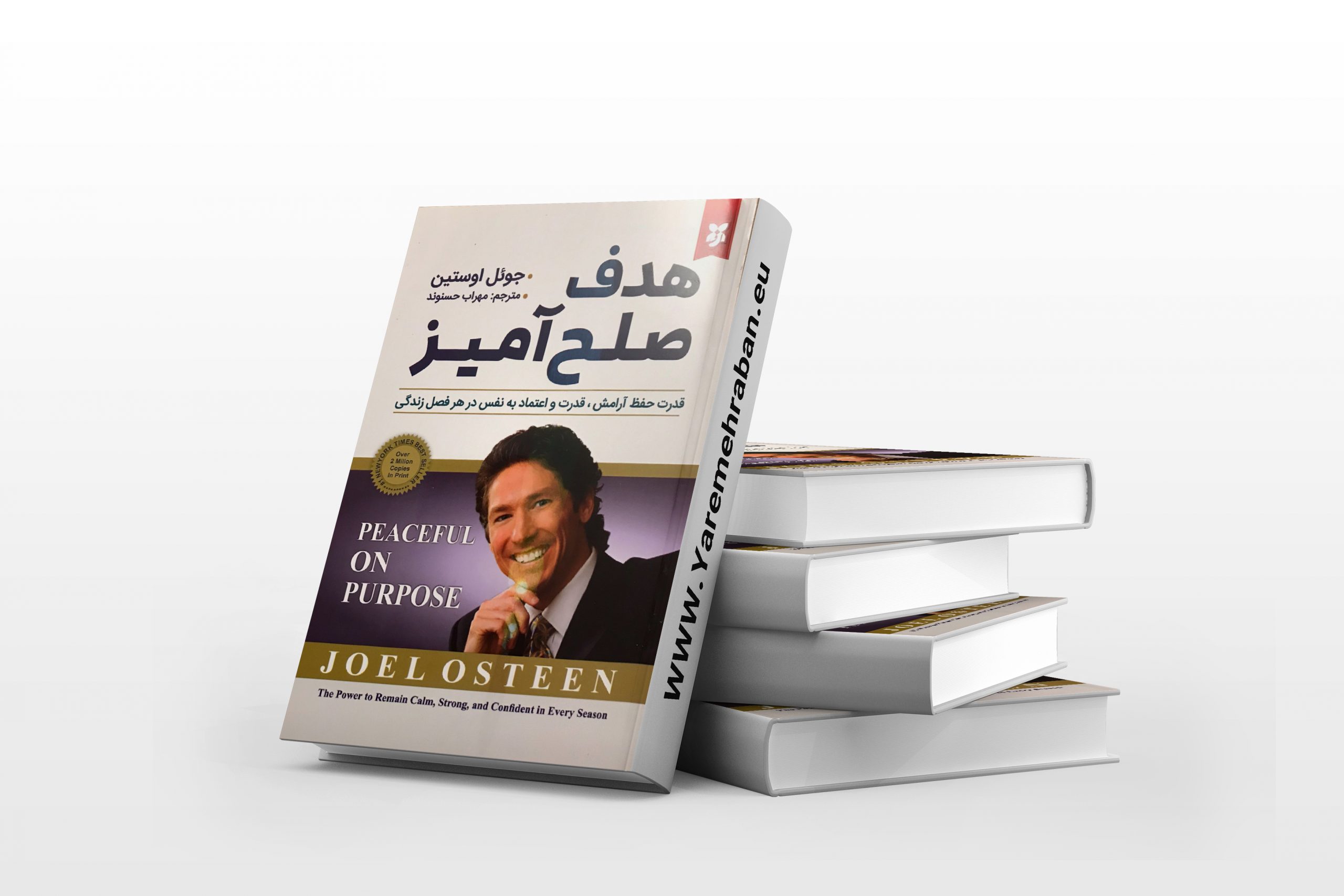
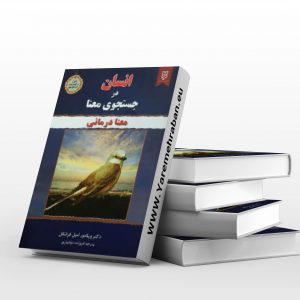
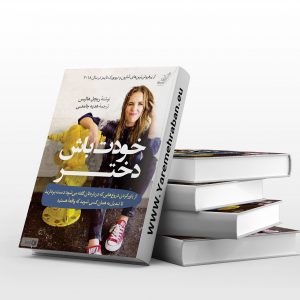
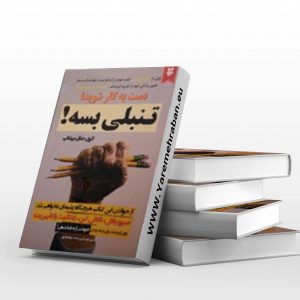
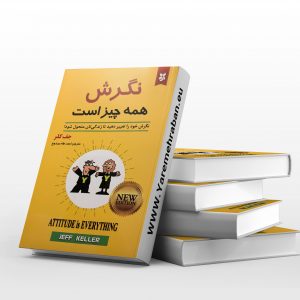
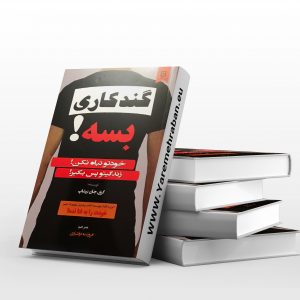

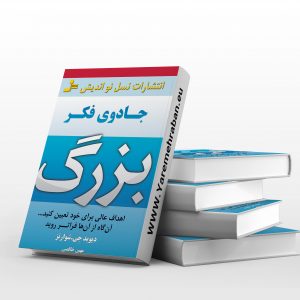


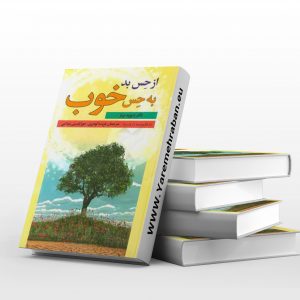
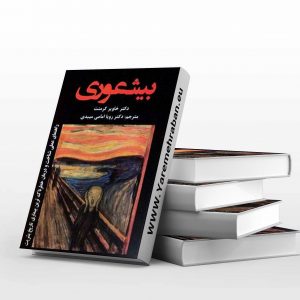
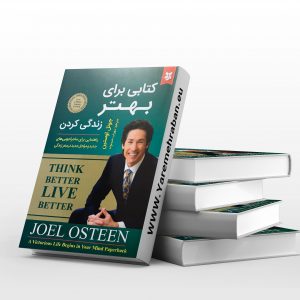
Reviews
There are no reviews yet.